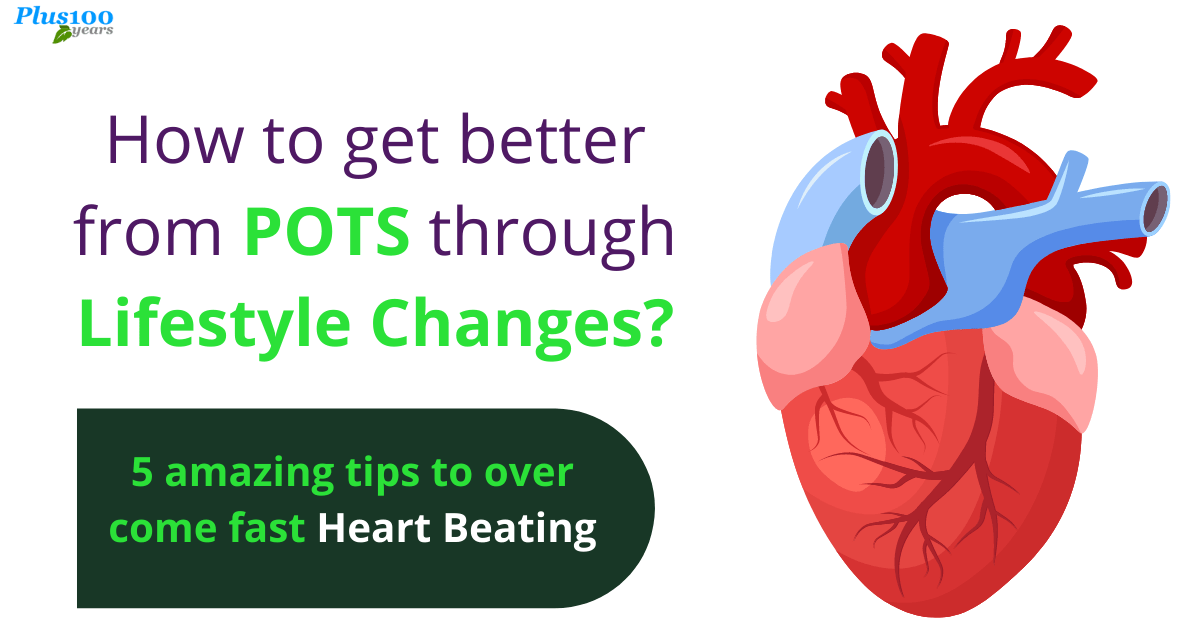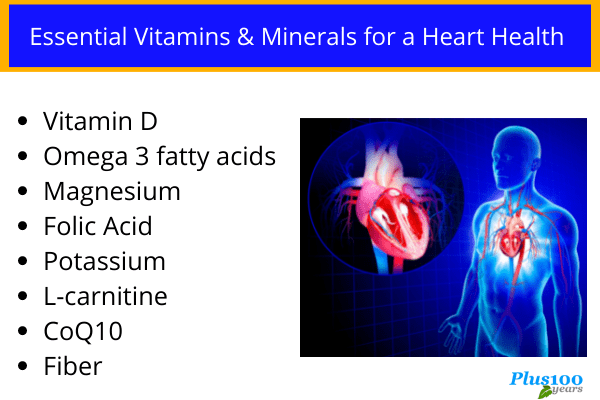
Top 5 Lifestyle Changes that Help Prevent POTS
POTS stands for Postural Orthostatic Tachycardia Syndrome. This condition disrupts blood circulation, consequently affecting an individual’s autonomous nervous system, a division of the peripheral nervous system that controls processes, such as heart rate, blood pressure, digestion, respiration, and sexual arousal.
For patients, postural pertains to the body’s position, while orthostatic relates to a temporal lowering of blood pressure after standing up straight. On the other hand, tachycardia refers to a rapid heartbeat, usually above 100 BPM. Lastly, syndrome means that this condition is not a disease per se but a collection of symptoms. As per experts, we must know the symptoms and causes at the same time we know about How to get better from POTS through lifestyle changes?
Common Symptoms of POTS
There are several common symptoms that POTS patients report, including;
- Exhaustion/fatigue
- Dizziness
- Fainting or near-fainting
- Headaches
- Heart palpitations
- Abdominal pains
- Nervousness
- Bladder dysfunction
- Shortness of breath
- Insomnia
- Tremors
Symptoms vary between patients, but they culminate in an unsettling state of feeling run down or lacking energy.
Many things can cause a Fast heartbeat,, Few of them are ...
- Drinking too much alcohol
- High Blood Pressure or Low Blood Pressure
- Some times fever
- caffeine-based beverages
- Stress
- Over exercise
- Bad diet
- Anemia
- medicine side effects
- Other causes
How to get better from POTS through lifestyle changes?
While there’s no permanent cure for POTS, several lifestyle changes are known to help manage this condition. The following are 5 of the most recommended measures. Patients must understand that POTS treatment needs to be individualized depending on the cause of symptoms and individual responses.
1. Increase Daily Fluid Intake to 3-5 liters per Day
Among other benefits of drinking water is its ability to increase blood pressure in patients with Postural Orthostatic Tachycardia Syndrome. One study found that drinking around a half-liter of water in five minutes increased standing blood pressure from 83/53 mm Hg to 114/66 mm Hg in half an hour in patients with autonomic failure. The researchers also noted a decrease in palpitations from 123 BPM to 108 BPM after drinking water.
In a separate study, researchers prove that fluid intake helps autonomic failure patients by raising sympathetic activity. Like caffeine and nicotine, water drinking causes a spike in hormones that increases an individual’s alertness by directing more blood to the muscles.
Closely related to upping one’s fluid intake is the need to avoid excessive loss of water. Patients need to avoid activities and substances, such as natural diuretics, as this only negates their effort to boost blood volume.

2. Increase Salt Intake
Fluid intake is one thing. Water retention is another. While increasing fluid intake is essential, it’s crucial to ensure that one does not pass most water out. POTS patients can achieve this by increasing their daily salt intake by 2-4g and even 10-12 grams per day for severe cases.
The idea that increased salt intake causes high blood pressure is widely accepted. While this is something that healthy people need to worry about, research results show that it could significantly help people suffering from orthostatic tachycardia syndrome.
When treating POTS, adding salt to food or taking salt tablets works by increasing plasma volume, consequently improving orthostatic tolerance.
Increasing one’s water intake increases the risk of water intoxication by diluting the electrolytes in the blood, especially sodium. Taking more salt is necessary for adding more sodium into the system. Sodium leads to more volume and improved orthostatic tolerance.
3. Eat Food in Smaller Portions
Typically after eating a large meal, most of the blood is rerouted to the stomach and small intestines to aid digestion. At the same time, blood vessels far from the digestive system constrict, and the heart rate increases to maintain blood pressure around the body.
Most POTS patients already have issues coordinating heart rate and blood vessels to maintain excellent blood pressure. Often, people with POTS suffer blood pooling- a condition of the body where blood collects in the lower limb, making it hard to pump back up to the heart.
Eating large meals exacerbates postural orthostatic tachycardia syndrome symptoms. To avoid this, POTS patients are advised to manage this syndrome with smaller meals instead of large meals.
4. Get Enough Quality Sleep
This is another crucial strategy of managing POTS that gets neglected a lot. A fact with most POTS patients is that they rarely wake up feeling refreshed. Lack of sleep worsens POTS symptoms besides affecting an individual’s quality of life.
There are various proven steps to better sleep.
First, it’s highly recommended to stick to a particular sleep schedule making sure to go to bed and wake up at around the same time.

Second, it’s crucial to create a restful sleep environment by making it as dark as possible and reducing noise from mobile phones and non-essential alerts.
It’s important to avoid activities that might lead to an adrenaline surge in the system, for instance, upsetting phone calls and emotional conversations. Adrenaline keeps an individual more alert making it hard to go to sleep, limiting daytime naps, and managing worries before bedtime also helps a lot.
Talk With Expert Cardiologist & Get a Right Solution: Reach on WhatsApp: 9398601060
5. Exercise
Exercising may be the last thing that POTS patients want to do. In addition to orthostatic intolerance, people diagnosed with POTS also suffer from exercise intolerance. The latter is the inability of the heart to pump blood and tolerate the patient to perform exercises at the expected intensity and duration.
There is compelling evidence that regular physical activities increase blood and plasma volume. This leads to increased heart size and cardiac muscle mass- two key components when living with POTS.
When preparing a workout routine for a POTS patient, it’s advisable to always start with simple recumbent exercises like recumbent bicycle, swimming, and rowing before attempting advanced workouts.

Add new comment